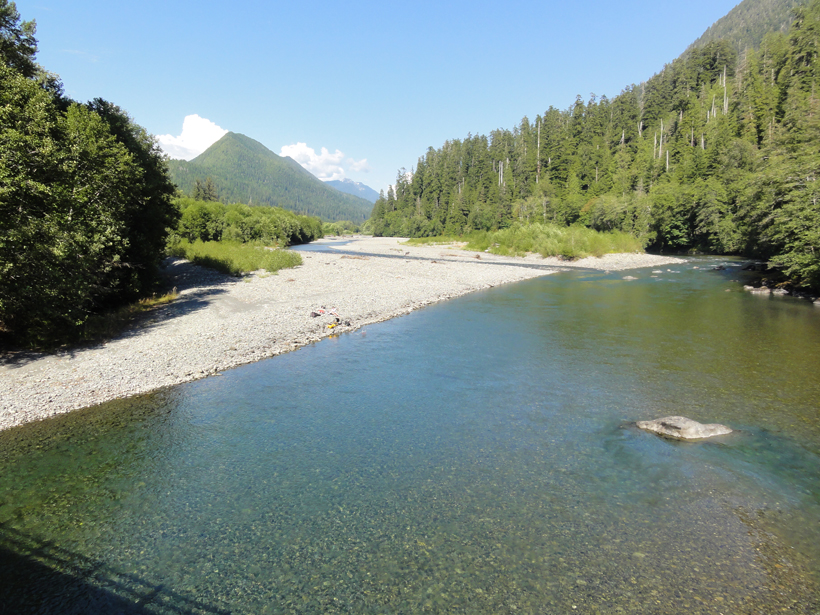Source: Global Biogeochemical Cycles
Studies have shown that many of the world’s freshwater rivers and streams are oversaturated with carbon dioxide. Yet the physical and chemical mechanisms that allow carbon dioxide to be released from waterways into the atmosphere are not well understood.
This is especially important given freshwater systems’ role in the global carbon cycle: Freshwater rivers are important components in the linkage of carbon transfer between terrestrial ecosystems, the atmosphere, and the oceans. In 2013, scientists discovered that freshwater rivers and streams release about 5 times more carbon dioxide into the atmosphere than all the world’s lakes and reservoirs combined, a much higher amount than previously believed.

To learn more about the processes that regulate carbon dioxide levels in freshwater rivers and streams, Stets et al. collected water samples from about 100 field sites throughout the contiguous United States and matched these with thousands of observations by other researchers. They examined concentrations of carbon dioxide, dissolved oxygen, and other water quality parameters in the samples and compared them to data from the U.S. Geological Survey (USGS).
Ecosystem respiration consumes oxygen and produces carbon dioxide, so the researchers expected that as oxygen levels decreased, carbon dioxide levels would increase. They observed this relationship, but there was usually much more carbon dioxide than expected, which was puzzling.
An important breakthrough came when the researchers examined their results from the perspective of carbon dioxide in the oceans. In ocean waters with high buffering, that is, a greater capacity to neutralize acid, carbon dioxide and oxygen behave very differently than they do in waters with low buffering. For one, much more excess carbon dioxide lingers in highly buffered ocean water.
Researchers examined their samples and found that the degree of carbonate buffering controls the amount of excess carbon dioxide in surface freshwater. Alkalinity is a good marker for the degree of buffering and is an important consideration when looking at carbon dioxide in rivers.
Further exploring these processes will tell us more about how carbon, as well as nutrients and other pollutants, flows through aquatic ecosystems. (Global Biogeochemical Cycles, https://doi.org/10.1002/2016GB005578, 2017)
—Sarah Witman, Freelance Writer
Citation:
Witman, S. (2017), Why is there so much carbon dioxide in rivers?, Eos, 98, https://doi.org/10.1029/2017EO073055. Published on 19 May 2017.
Text © 2017. The authors. CC BY-NC-ND 3.0
Except where otherwise noted, images are subject to copyright. Any reuse without express permission from the copyright owner is prohibited.

